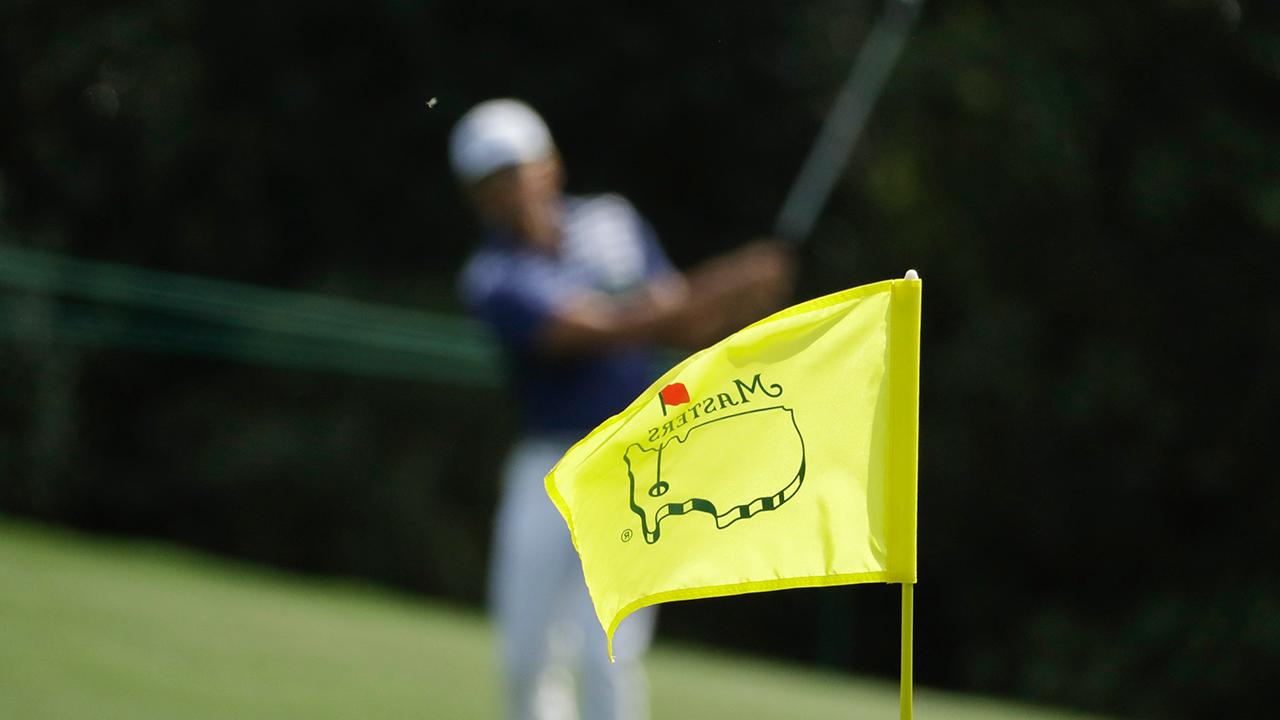Masters Tournament's green jacket: A mysterious sports symbol worth millions
When Tiger Woods, the winner of this year’s Masters Tournament, walks off Augusta National Golf Course on Sunday, he will be given a green blazer that, despite its simplicity, holds a unique place among sports’ most iconic memorabilia.
Arnold Palmer, Jack Nicklaus, Phil Mickelson and Tiger Woods are just some of the golfing legends that have donned “the green jacket,” as it is known among sports fans. Last year's champion, Patrick Reed, looked to defend his title against a stacked field that included former champions like Woods, the world’s top-ranked golfer in Justin Rose and decorated stars like Rory McIlroy. Woods, however, won the 2019 event while Reed finished in a tie for 36th.
A heap of prize money – $1.98 million in 2018 – is only part of the allure of winning the Masters. For a pro golfer, earning a green jacket at Augusta National, while the rest of the sports world watches, is a transformational accomplishment, according to Bob Dorfman, a sports sponsorship expert and creative director at Baker Street Advertising in San Francisco.
“For a golfer, it’s the ultimate sign of arrival and success. It’s a triumph in the most major of the majors. It validates a player’s reputation as a winner, and is easily worth seven figures or more in off-the-course earnings from equipment sponsorships, ad deals, speaking engagements, appearance fees and the like,” Dorfman told FOX Business in 2017. “And the fact that the Masters is an international event with entrants from across the globe makes the green jacket even more valuable to a golfer’s brand.”
The green jacket attracts universal respect among sports aficionados, but like many elements of the notoriously-secretive Augusta National, little is known about how the blazer is manufactured. The golf club’s website links to a 2012 article by the Augusta Chronicle, a local Georgia newspaper, which lists the jacket’s estimated production cost at $250 and production time of about one month.
Augusta National representatives do not publicly comment on the manufacturing process.
Hamilton Tailoring, a Cincinnati-based company, has produced the club’s green jackets every year since 1967. But much like the golf club, the company is mum about most of the details.
“We can’t talk about it,” Ed Heimann, the company’s chairman, told the Cincinnati Enquirer in 2016. “I wish I could tell you more. It would be good for our business, but I can’t.”
According to the Chronicle, the company uses about two-and-a-half yards of wool per jacket. The wool is dyed with Pantone 342 green and stitched with the winner’s name. Tournament officials purportedly guess at the winner’s jacket size. The victorious golfer can wear the jacket anywhere he likes for one year, but then must restrict its use to inside the club’s grounds.
“The secrecy only adds to the jacket’s mystique,” Dorfman said.
Masters champions are considered members of a fraternity – the winner of the previous year’s tournaments helps the new winner put on his jacket at the final ceremony. That wrinkle often leads to some awkwardness. In 2016, former Masters champion Jordan Spieth was forced to award the green jacket to Danny Willett after he blew a five-shot lead on Sunday to finish in second place.
CLICK HERE TO GET THE FOX BUSINESS APP
“It’s not your typical trophy, medal or jumbo-sized check – it’s a uniquely iconic symbol of victory in the golf world’s most prestigious event,” Dorfman said. “Few victory traditions in sports have as strong a cachet as the donning of the Masters green jacket. Only the Indy 500 milk chug, the Heisman Trophy pose, the Olympic medal ceremony, the Stanley Cup kiss and the NCAA March madness net-cutting can compare."




















